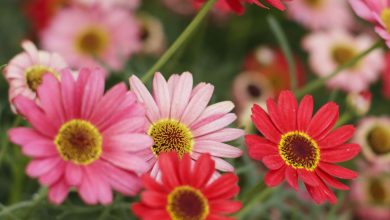Winter Garden Care: [Soil, Moisture, Pruning and Problems] garden in winter?
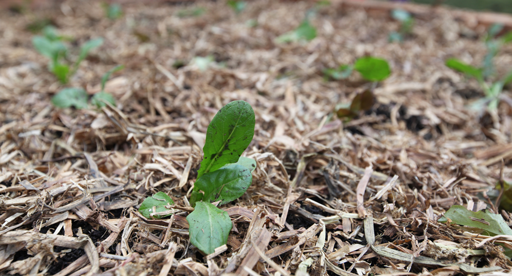
What to do to take care of a garden in winter?
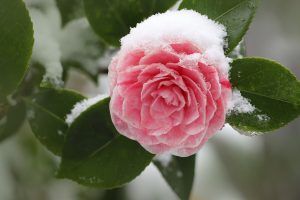 The maintenance of the garden in winter does not have to become an insurmountable trauma, because with precise care we can even enjoy it even though the temperatures are no longer warm.
The maintenance of the garden in winter does not have to become an insurmountable trauma, because with precise care we can even enjoy it even though the temperatures are no longer warm.
Although in winter the volume of work in the garden decreases, it is no less true that some pending tasks can be carried out, taking advantage of the state of dormancy or lethargy of most plants, which radically change their appearance and show their bare branches.
Obviously, care is not the same in spring as in winter. The most important thing is to protect the most delicate plants from the imminent arrival of lower temperatures and a decrease in the intensity of sunlight. Some species do not tolerate cold and may perish.
There are different methods, ranging from protection in greenhouses to actions as simple but relevant as covering plants and flowers with tarps or plastic covers so that the icy wind and snow do not damage them.
Let’s see below what are the most important rules when facing the challenge of taking care of the garden during the hardest season of the year: winter.
1) Floor
With the typical winter climate, where the humidity rises and the rains and icy winds increase, it is not convenient to water the lawn but it is important to rid it of leaves and vegetable residues.

If you clean first and cut later with a little pronounced pruning, because it is not convenient to leave it so low, then you will maintain its green color and at the same time protect the roots of your plants.

If it rains little in the region where you live, you should water the lawn once a week. That will be more than enough in winter.
2) Quilting technique
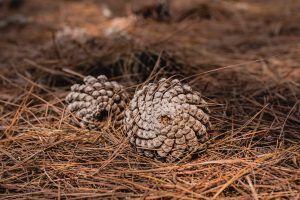 It is highly recommended to use the so-called mulching or padding technique to shield the floor in winter. It is a very intelligent way to protect roots or soil from frost.
It is highly recommended to use the so-called mulching or padding technique to shield the floor in winter. It is a very intelligent way to protect roots or soil from frost.
It consists of placing residues of vegetable matter, such as leaves, straw, pine needles, among others, at the foot of each plant, because in this way they resist the drop in temperatures much better.
3) Bare root planting
An important fact is to take advantage of winter to plant deciduous fruit trees. The so-called bare root feet can be used, because they react very well and cost less money. In addition to that if they are in vegetative stop they will light the same.

And this behavior is valid not only for fruit species, it also gives the same results in shrubs. For example, in rose bushes it is quite normal.

In the case of evergreen species, it is preferable to use those specimens that have protected roots or that are in containers. Here it is better to do it at the end of winter, autumn or spring.
4) Moderate watering
Obviously, plants in winter require less watering requirements, because the high humidity helps them to need less water to live. And it is that plants hibernate in cold seasons to survive because in this way they need fewer nutrients.

That is why excess water harms them, it can even freeze in the presence of increasingly low temperatures and ends up killing the plant. Therefore, it is essential to water only when the soil is dry. Or do it in the hottest hours of the day, once a week. No more of that.
5) Location of plants
Another important procedure is to protect the most delicate plants with a tarpaulin or blanket, those that cannot be moved or taken out of the garden, otherwise they can suffer a lot and cannot withstand frost or snow.
In the event that some varieties are in pots or vases, it is prudent to bring them closer to a wall and prevent them from coming into contact with the frozen ground. A good idea is to place them on a board or on some plastic.

It is also not wise to bring the garden pots into the house and put them near the stove or the radiator of the heating system. This would be another unforgivable excess. Covering them well with plastic or canvas is more than enough for them to successfully weather snowy days.
6) Pruning
The logical thing is to start pruning at the end of autumn, but sometimes there are species that have excessive growth, which requires that we act to correct deviations and nothing better than doing it in winter because there will be no major consequences thanks to the present lethargy.

This also prevents the proliferation of disease and fungal infections in the wounds caused by cutting branches, which can become serious. In the case of fruit trees, the treatment is especially delicate, because under no circumstances should the flowering process be interfered with.

The result will be the same if you collect leaves from the garden and pieces of bark or gravel and other materials that are often used for decorative purposes. On an aesthetic level, the garden will look much better and the positive consequences will be the same, because the soil and roots of the plants will be more than protected from the cold and frost.
Moreover, the mulching technique can be applied in any other season of the year, because it prevents weeds from proliferating and helps the soil retain water better.

Of course, in the case of delicate species, it is better to get good advice from expert gardeners, since it is most likely that they will require a transplant or transfer to a closed place so that they can survive.
That is why it is always necessary to previously study which species are suitable for the prevailing climate of the region where we live.
7) Subscriber
Another routine procedure every time winter is in its last days is to carry out a fertilization process with a contribution rich in organic matter, preferably using a homemade organic matter such as compost, manure, earthworm humus or mulch.



This measure will help to significantly improve the structure of the land because it will have greater aeration and the roots of the plants will be better hydrated. The prudent thing is to apply a moderate amount that is not so close to the roots, to avoid burning them.
Likewise, microbial life will be stimulated, bringing with it a maximum use of nutrients.
8) Other activities
On less harsh winter days, other interesting activities can be planned and carried out, such as installing a pergola, improving the lighting system or perhaps investing in a good drip or automatic irrigation system that regulates the amount of water that enters our garden..

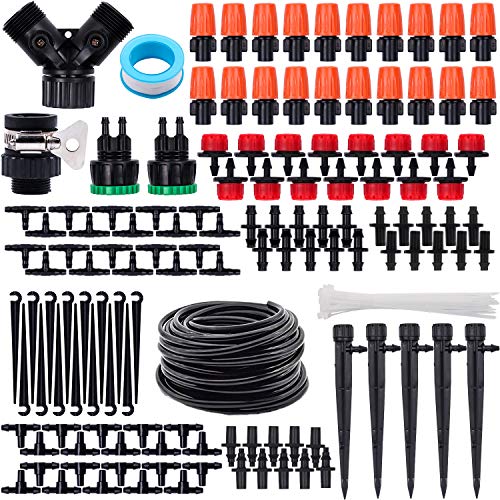
It is also time to review the system, if it is already installed, in order to carry out good maintenance where obstructions and faults in valves, sprinklers or dispersers, drip lines, filters, etc. are corrected.

9) Avoid proliferation of pests
During the hibernation period, it is also convenient to apply preventive measures that minimize the attack of pests, especially if in the previous growth period, your plants suffered attacks from aphids, whiteflies , mealybugs or red spiders.
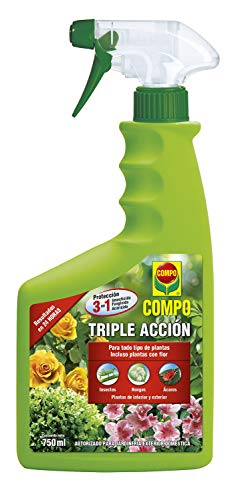
The ideal is to take advantage of this pause time in vegetative development to apply, for example, mineral oils with insecticide action that kill eggs, larvae or insects, because they also hibernate. They are known under the name of summer oils and you can find them in your nursery or trusted store.
Maybe you are also interested in:

![Photo of The Beech Tree: [Cultivation, Care, Irrigation, Pests and Diseases]](https://www.complete-gardening.com/wp-content/uploads/2022/08/the-beech-tree-cultivation-care-irrigation-pests-and-diseases-390x220.jpg)
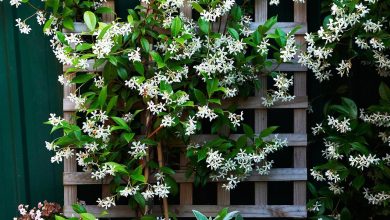
![Photo of White Astilbe: [Characteristics, Cultivation, Care and Disadvantages]](https://www.complete-gardening.com/wp-content/uploads/2022/08/white-astilbe-characteristics-cultivation-care-and-disadvantages-390x220.jpg)
